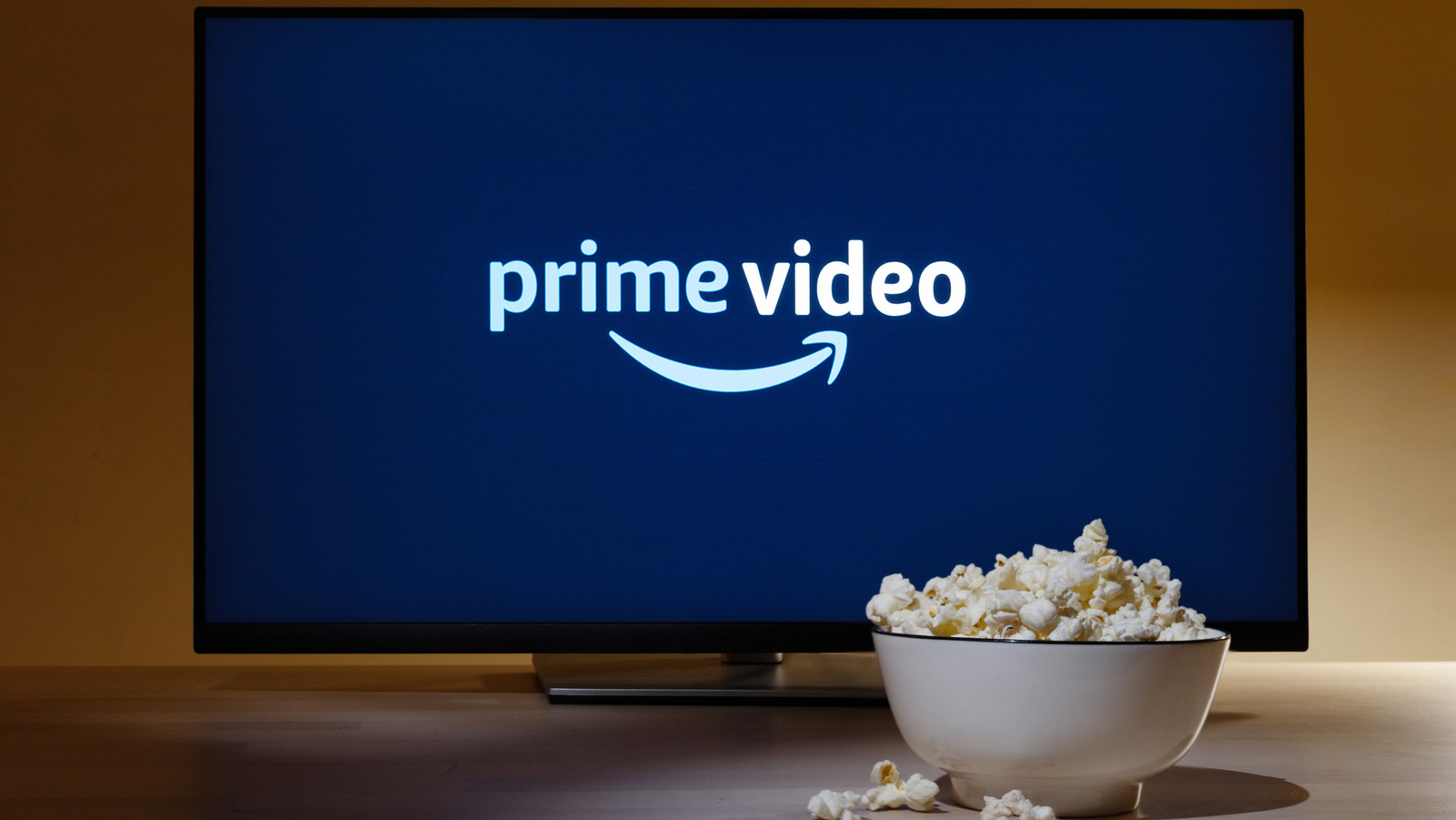Rapid Read • 8 min read
The back-to-school shopping season in 2025 is experiencing a shift, with consumers starting their purchases earlier and extending them later than usual. This change is driven by a heightened focus on value, as shoppers seek promotions and are increasingly open to buying secondhand items to save money and reduce environmental impact. A Deloitte study from June 2025 highlights that 40% of consumers are making cost-conscious choices, influenced by potential tariff increases on electronics. Amazon Prime Day's extension to four days has also encouraged early purchases. According to the National Retail Federation, 67% of shoppers had begun buying by early July, with 51% motivated by concerns over rising prices due to tariffs. Additionally, weather patterns influence purchasing decisions, with some parents delaying clothing purchases until seasonal changes occur.
AD
The extended back-to-school season reflects broader economic pressures and consumer behavior shifts. Retailers benefit from early purchases, which boost sales and provide opportunities for additional transactions. However, they face challenges if tariffs and inflation necessitate price increases, potentially reducing consumer demand. The trend towards secondhand purchases offers a cost-effective alternative for consumers, providing relief from price pressures. Retailers must navigate these dynamics by emphasizing transparency and value in their communications, potentially using tariff uncertainty to create urgency. Brands with strong customer relationships can leverage personalized messaging to maintain engagement and loyalty.
Retailers are expected to continue adapting their strategies to accommodate the extended shopping season and consumer value-seeking behavior. They may focus on transparent communication regarding potential price increases due to tariffs, emphasizing quality and service. Brands might use tariff uncertainty to encourage immediate purchases, while maintaining strong customer relationships through personalized messaging. The impact of tariffs on specific categories remains uncertain, but retailers with robust data and analytics capabilities are likely to gain market share by prioritizing value and transparency.
The shift towards secondhand purchases highlights a growing consumer trend that extends beyond the back-to-school season. This trend offers retailers opportunities to cater to budget-conscious shoppers while promoting sustainability. Additionally, the unique nature of the back-to-school season, with limited substitution options, may mitigate the impact of rising costs on essential items. Retailers can capitalize on this by ensuring availability and affordability of key products, even amidst tariff-related price fluctuations.
AD
More Stories You Might Enjoy













